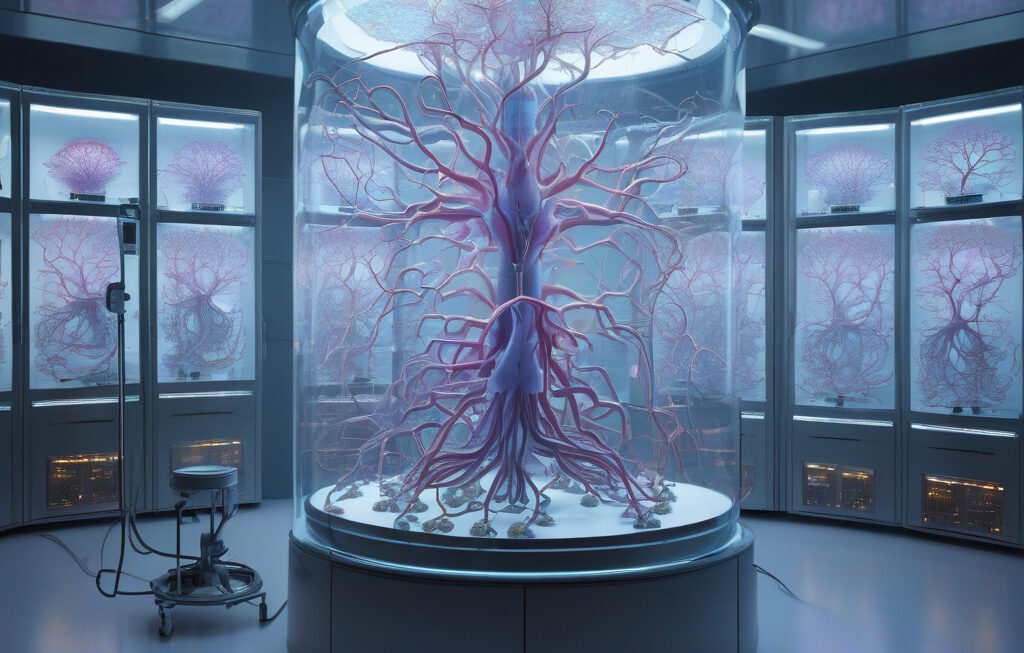Future of Fertility: Sperm Transformed into Trackable Microrobots for Drug Delivery
Tiny and flexible, human sperm are getting a high-tech upgrade. Researchers at the TechMed Centre have successfully developed a groundbreaking technology that harnesses the unique swimming capabilities of sperm to create trackable microrobots for efficient drug delivery. This innovation marks a significant milestone in the intersection of biotechnology and robotics, promising a future where fertility and medical treatments are revolutionized.
The concept of using sperm for drug delivery may sound like something out of a science fiction novel, but the reality is closer than we think. By utilizing the natural movement of sperm, which are expert swimmers capable of navigating the complex female reproductive system, researchers have engineered microrobots that can deliver medication with unparalleled precision.
One of the key advantages of using sperm as the basis for these microrobots is their ability to adapt to different environments. Unlike traditional drug delivery systems that may struggle to reach specific targets within the body, sperm-based microrobots can traverse through various biological barriers with ease. This opens up new possibilities for delivering medication to hard-to-reach areas, such as deep-seated tumors or specific cells within the body.
Moreover, the ability to track these microrobots in real-time is a game-changer for personalized medicine. By incorporating imaging technology, researchers can monitor the movement of the sperm-based microrobots and ensure that they reach their intended destination. This level of precision not only enhances the effectiveness of drug delivery but also minimizes potential side effects by targeting only the affected areas.
In addition to drug delivery, the potential applications of sperm-based microrobots extend to other areas of healthcare. For instance, these microrobots could be used in assisted reproductive technologies to improve the success rates of in vitro fertilization (IVF) procedures. By using sperm that have been enhanced with therapeutic agents, researchers may be able to increase the chances of successful fertilization, offering hope to couples struggling with infertility.
Despite the promising advancements in this field, there are still challenges to overcome before sperm-based microrobots can be widely implemented in clinical settings. Issues such as biocompatibility, scalability, and ethical considerations must be carefully addressed to ensure the safety and effectiveness of this technology.
Nevertheless, the potential of sperm-based microrobots for drug delivery and other medical applications is undeniable. As researchers continue to refine this technology and conduct further studies, we are on the cusp of a future where fertility treatments and healthcare are transformed by the remarkable capabilities of these tiny but powerful microrobots.
In conclusion, the fusion of biotechnology and robotics has given rise to a groundbreaking innovation with the potential to revolutionize the future of fertility and drug delivery. By harnessing the natural swimming abilities of sperm, researchers have created microrobots that offer unprecedented precision and efficiency in medication administration. As this technology continues to evolve, the possibilities for personalized medicine and improved healthcare outcomes are endless.
sperm, microrobots, drug delivery, fertility, personalized medicine












